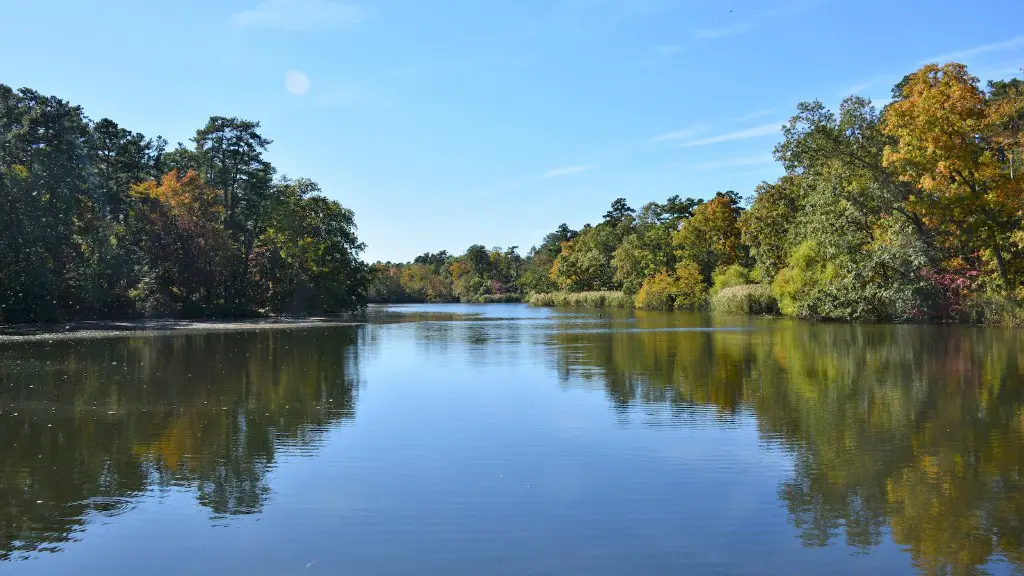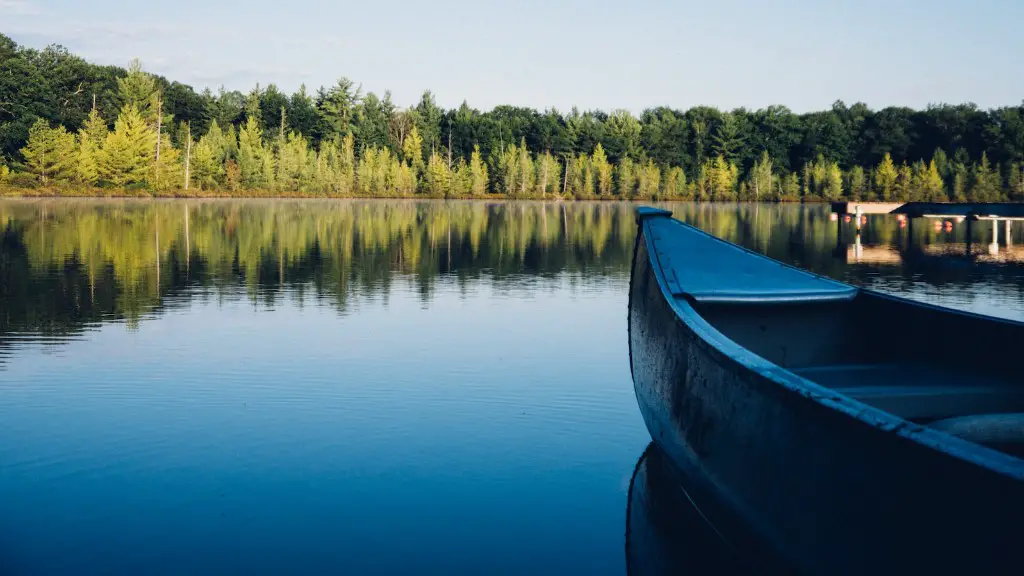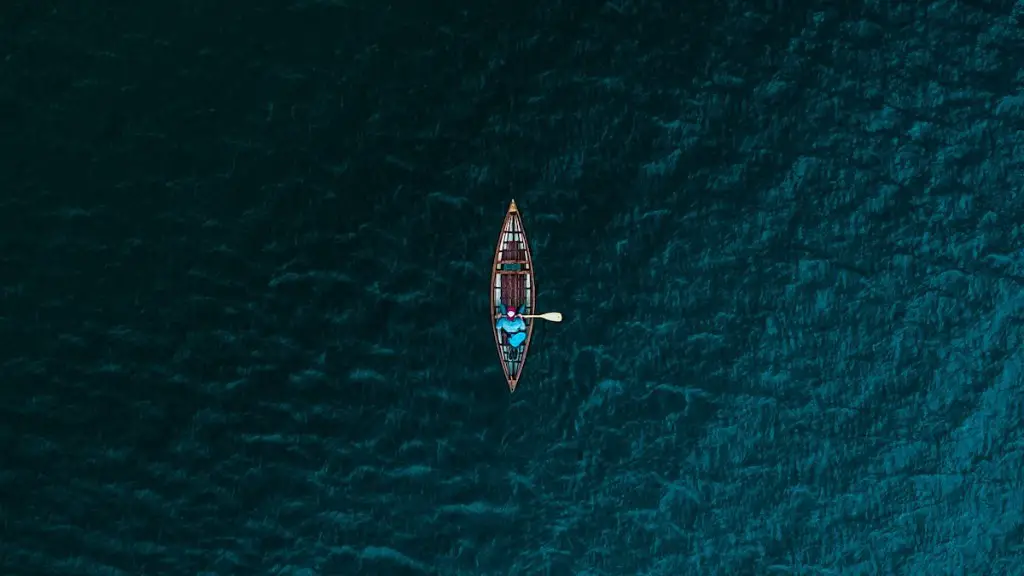Introduction
Agates are found in many areas of the world where flowing water runs through sediment and sand. However, Lake Superior is particularly famed for its amazing variety of agate stones. Located in the middle of North America on the US/Canada border, it is the largest freshwater lake in the world by surface area, making it an idyllic and easily accessible location for rockhounding. Skirting the lake’s north shore are such sought-after spots that the area around Grand Marais, Minnesota is known as the Agate Capital of the World.
Where To Find Agates
The agates on the coasts of Lake Superior can be found year-round. They can be found among rocks on the shoreline and surfaces in the sand. Agates are most common in areas where beaches are made of smaller stones, but they can also be found tucked between larger rocks. Many people collect Lake Superior agates by using a calculator or mesh bag. The mesh bag collects small agate stones when the waves come in to shore and recede.
Characteristics of Lake Superior Agates
Lake Superior agates typically have a purple-red or pinkish hue to them (these are referred to as “thundereggs”). They often have a high-gloss finish and a banded appearance due to the staining created by iron oxide seeping into the chalcedony. Some will even have tiny crystals inside them. A Lake Superior agate typically feels heavier than the surrounding rocks due to their iron content.
Agate Stones Around Grand Marais
The beaches around Grand Marais, Minnesota offer some of the best spots to find Lake Superior agates. Local geologists have identified twelve distinct types of Lake Superior agates in the area, ranging in color from bright oranges and reds, to pale blues and light purples. The shoreline at Grand Marais is known for its abundance of agates and is a popular spot for rockhounds to search for them.
Other Agate Locations
Along the north shore of Lake Superior, agates can be found from northern Minnesota to the Upper Peninsula of Michigan. Agates of all colors can also be found on the beaches of Minnesota around Duluth, east of Grand Marais on Lake Superior. Other excellent locations for agate hunting can be found along the Canadian shoreline at Thunder Bay, Ontario and points west.
Legalities of Collecting Agates
It is important to remember that the laws concerning rockhounding and the collection of rocks and minerals can vary by state. In most cases, it is legal to collect and keep small amounts of rocks and minerals (including agates) for personal use on public lands. It is also legal to collect agates on private property in states like Michigan, but permission must be obtained from the landowner in advance.
Essential Gear
Agate hunting requires a few essential items of gear such as walking or waterproof boots, a pair of gloves, and a mesh or beach bag. When searching for the agates, it is important to wear the gloves as some of the smaller ones can be sharp and potentially cut skin. Other helpful items can include a small shovel for digging and sifting, as well as safety gear such as a hat, sunscreen, and sun glasses.
What To Look For
When looking for agates on Lake Superior, be sure to look for stones with a smooth, rounded surface and bright, colorful bands. Agates can be surprisingly difficult to spot with the naked eye and so it is important to take time and search carefully. Smaller agates tend to be hidden and can be uncovered by digging around larger stones and in the sand.
Identification of Found Agates
Once agates have been collected, it is important to understand what they are. An easy way to identify agates is to use a magnifying glass to examine their structure. Agates have a distinct structure known as ‘chalcedony’, which consists of very small quartz crystals joined together into a banded pattern. If the stone lacks bands or color, it can still be an agate, but it is important to note that these are not as valuable or as visually impressive as their more colorful counterparts.
Cleaning Agates
The collected agates can be washed and cleaned using a toothbrush and warm soapy water. This will help to remove sand and dirt and will also help to bring out the color and clarity of the stones. Don’t use any abrasive cleaning agents though, as this could damage the agates. Once the stones are cleaned, the full beauty and value will be on display.
Cutting Agates
Agates can be cut with a lapidary machine, which is a device used to shape and polish stones. It is important to practice caution when cutting agates as they can chip easily and the dust produced is toxic. It is also important to remember that cutting an agate can make or break its value, so it is important to consult experts when deciding to have an agate cut or not.
Polishing Agates
Agates can be polished to reveal their true beauty and bring out the intricate details of their designs. This is usually done by hand, using a wheel that spins at a high speed. The wheel is typically mounted at an angle so that the agate can be placed on it and then polished with a polishing compound. It is important to be very careful when polishing, as the wheel is very sharp and moving objects can easily be thrown off.
Valuing Agates
Valuing agates is a bit of an art form and can depend on a number of factors such as color, pattern, and rarity. A valuable Lake Superior agate will typically need to be at least one and a half inches in size and have a high shine with a nice variety of colors. To determine the value of an agate, an experienced lapidary or geologist should be consulted.
Using Agates
Agates have been used for thousands of years as decorations, jewelry and even as talismans to ward off evil. For those who appreciate their beauty it is not uncommon to use them as decorations or even to incorporate them into jewelry. Agates can also be used as door knobs, paperweights, clock faces and even as cabochons for jewelry.
Conclusion
Lake Superior is famed for its beautiful and varied agates. With its beautiful north shore, which includes spots like Grand Marais, and many incredible agate-rich beaches between Duluth and the Upper Peninsula of Michigan, it is an ideal location for rockhounding. It is important to follow the laws concerning rockhounding and the collection of rocks and minerals and to always be sure to consult experts when necessary. With perseverance and a bit of luck, Lake Superior agates can be found and appreciated for their beauty and value.



